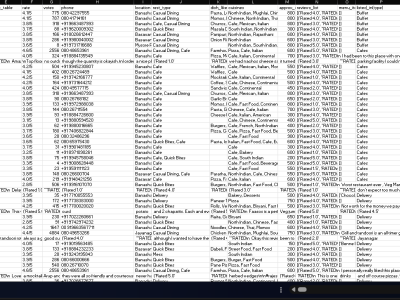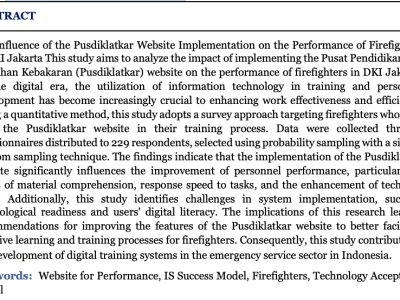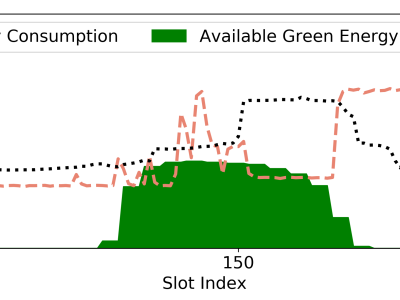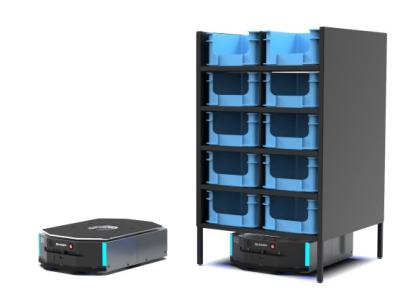
Black Swan failures in aviation cybersecurity represent significant and unpredictable disruptions that stem from intricate interactions among behavioral drift, flaws in system design, and organizational inertia, thereby eluding conventional, pattern-based threat detection methodologies. This study presents the Black Swan Cyber Resilience Framework (BSCRF), which integrates principles of antifragility and supraresilience into the realm of cybersecurity, emphasizing adaptive learning over static defensive measures.
- Categories:




